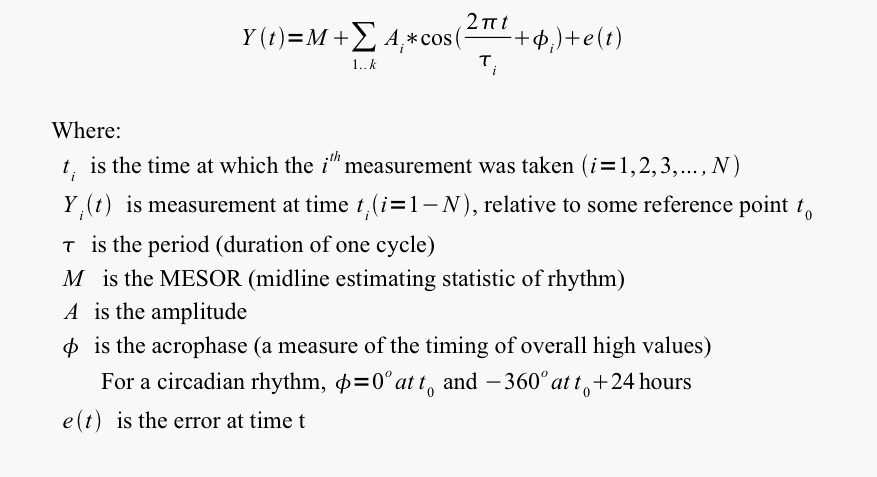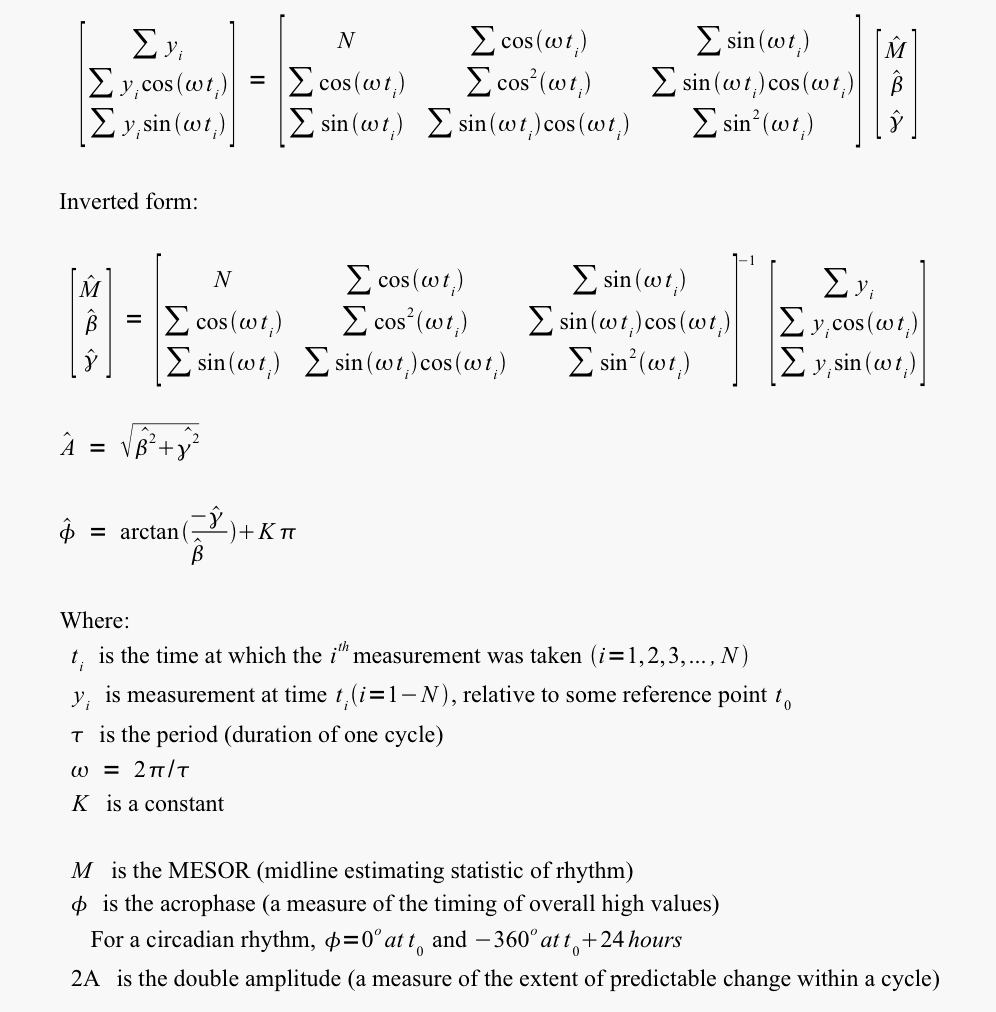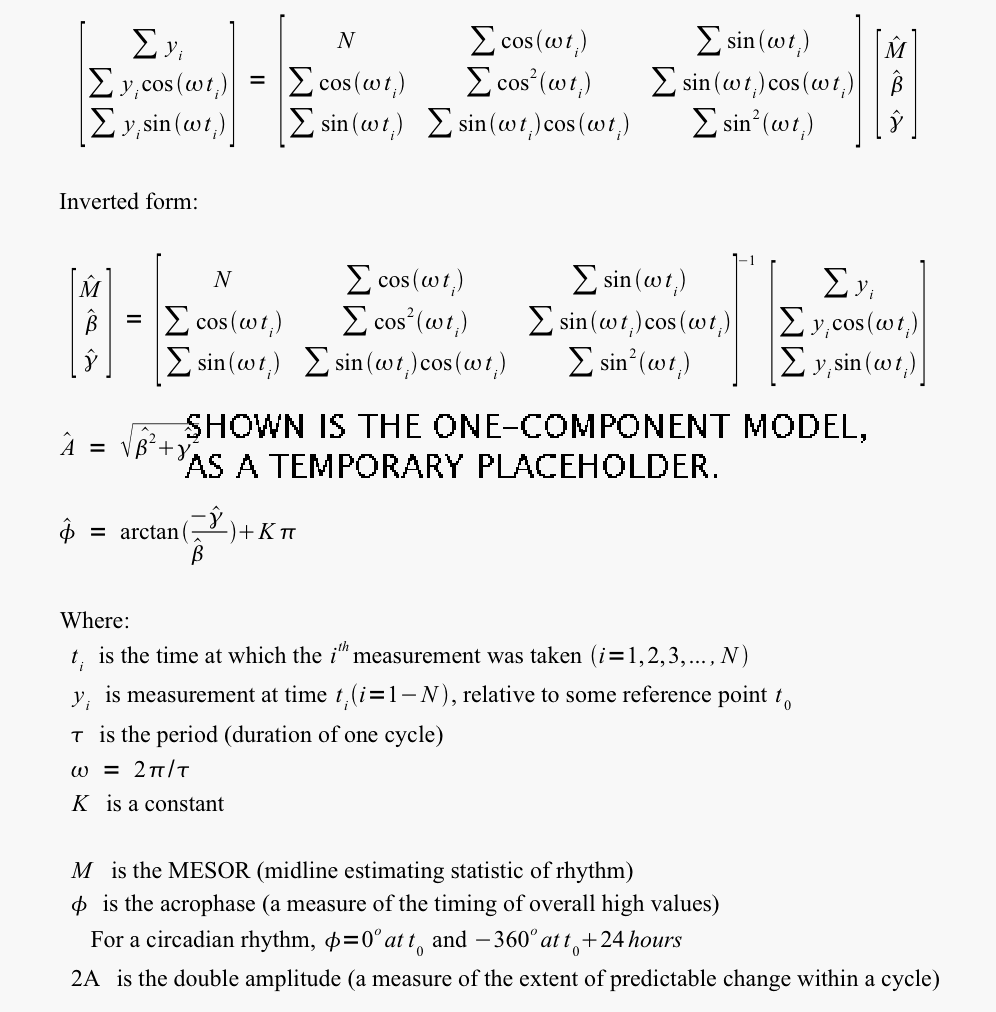Phoenix Ambulatory Blood Pressure Monitor
SysRS > Functional (Operational) Requirements Specification

Release Information
| Project: | Phoenix Systems Architecture and Engineering |
|---|---|
| Internal Release Number: | 0.0.1 |
| Attached worksheets: |
SysRS > Feature set
|
| Related Documents: |
Events and Functions
Events handled by the product alone. These requirements entail data acquisition that can be triggered outside of any human task. (For user tasks, see Use Cases.)
These requirements are described either in terms of triggers or in terms of what the product performs in response to those triggers.
| ID | Attribute | Concern |
|---|---|---|
| EF-01 | Data Acquisition |
What values does the system measure? Data acquisition encompasses not only the acquisition of signals but also any calculations for converting those signals into meaningful values. Algorithms for acquired data calculations are tightly coupled to the data acquisition methods themselves and to the associated sensors For example, each of the following methods apply to blood pressure (though not necessarily to Phoenix) and would entail its own logic for transforming signals to values:
|
| EF-02 | Data Point Calculation | What values does the system calculate from the measurements at each data point in a time series? |
| EF-03 | Time Series Analysis | What values does the system calculate over a time series? |
| EF-04 | Other Data Calculation | What values does the system calculate from the measurements? |
Data Acquisition
| EF-01.01 | The system records the time and date of any measurement. |
| EF-01.02 | The system measures a person's systolic blood pressure. |
| EF-01.03 | The system measures a person's diastolic blood pressure. |
| EF-01.04 | The system measures a person's heart rate. |
Data Point Calculation
| EF-02.01 |
The system calculates Mean Arterial Pressure (MAP)
for each data point at which systolic blood pressure and diastolic blood pressure are acquired in a time series. |
| EF-02.02 |
The system calculates Pulse Pressure (PP)
for each data point at which systolic blood pressure and diastolic blood pressure are acquired in a time series. |
| EF-02.03 |
The system calculates Double Product (DP)
for each data point at which systolic blood pressure and heart rate are acquired in a time series. |
Time Series Analysis
| EF-03.01 | For a time series of any type of acquired data: |
| EF-03.01.01 |
The system calculates MESOR with cosinor analysis. See requirement ALG-01, "Cosinor/parametric analysis". |
| EF-03.01.02 |
The system calculates Amplitude with cosinor analysis. See requirement ALG-01, "Cosinor/parametric analysis". |
| EF-03.01.03 |
The system calculates Acrophase with cosinor analysis. See requirement ALG-01, "Cosinor/parametric analysis". |
Other Data Calculation
| EF-04.01 | The system marks, on a cosinor analysis, the overswing of blood pressure, where overswing is indicated by the circadian amplitude being greater than the upper limit of 90% of a reference set. |
| EF-04.02 | The system marks, on a cosinor analysis, the underswing of blood pressure, where underswing is indicated by the circadian amplitude being less than the lower limit of 90% of a reference set. |
| EF-04.03 | The system marks dipping [feature to be specified] |
| EF-04.04 | The system calculates percentage time (PTE) [feature to be specified] |
| EF-04.05 | The system calculates hyperbaric index [feature to be specified] |
| EF-04.06 | The system calculates tachycardic index [feature to be specified] |
| EF-xx.01 | The system calculates ... |
Use Cases
ONE PARAGRAPH OVERVIEW
Details:
- Actors are described in the user needs document.
- The use case suite lists all use cases in an organized way.
Algorithms
This section describes how the system performs it calculations but not what calculations it performs.
| ID | Group |
|---|---|
| ALG-01 | Cosinor/Parametric Analysis |
| ALG-02 | Nonparametric Analysis |
| ALG-03 | Systolic Blood Pressure Analysis |
| ALG-04 | Diastolic Blood Pressure Analysis |
| ALG-05 | Heart Rate Analysis |
| ALG-06 | Blood Flow Analysis (Required, or a consequence of how the other parameters are measured?) |
Cosinor/Parametric Analysis
| ALG-01.01 |
The system estimates of MESOR, amplitude, and acrophase from a multiple-component cosinor (that is, from a least squares fit of cosine curves) having a user-specified period (τ) for each component, as specified in the following formula. 
The analysis is parameterized by a hypothetical values of τ. The following are some well-known rhythms and their periods.
A multi-component model accounts for the non-sinusoidal waveform of blood pressure. For example, daily variation in blood pressure is often better modeled with two components, one over a 24-hour period and the other over a 12-hour period. |
||||||||||||||||||
| ALG-01.02 |
The system estimates of MESOR, amplitude, and acrophase from a single-component cosinor (that is, from a least squares fit of cosine curves) having a user-specified period (τ), as specified in the following formula. 
The analysis is parameterized by a hypothetical value of τ. |
||||||||||||||||||
| ALG-01.03 |
The system estimates of MESOR, amplitude, and acrophase from a two-component cosinor, where the two components are:

Explanation: the two-component model accounts for the non-sinusoidal waveform of blood pressure. |
Nonparametric Analysis
TODO!
| ALG-02.01 |
Mean Arterial Pressure (mmHg) = ( SBP + ( 2 × DBP ) ) ÷ 3 Where: |
| ALG-02.02 |
Pulse Pressure (mmHg) = SBP − DBP Where: |
| ALG-02.03 |
Double Product = ( SBP × HR ) ÷ 100 Where: |
| ALG-02.04 | Time-Specified Reference Limits (Chronodesms) |
| ALG-02.05 | Percentage Time Elevation (PTE) |
| ALG-02.06 | Excess over time-specified reference limit (e.g., outside of 90% prediction interval, over 95%-prediction limit) |
| ALG-02.07 | Deficit under time-specified reference limit (e.g., outside of 90% prediction interval, under 5%-prediction limit) |
Systolic Blood Pressure Analysis
| ALG-03.01.04 | Marking overswing [feature to be specified] |
| ALG-03.01.05 | Marking underswing [feature to be specified] |
| ALG-03.02 | Marking of dipping [feature to be specified] |
| ALG-03.03 | Hyperbaric index [feature to be specified] |
Diastolic Blood Pressure Analysis
| ALG-04.01.04 | Marking overswing [feature to be specified] |
| ALG-04.01.05 | Marking underswing [feature to be specified] |
| ALG-04.02 | Marking of dipping [feature to be specified] |
| ALG-04.03 | Hyperbaric index |
Heart Rate Analysis
Need precise definition of heart rate
| ALG-05.01.04 | Marking overswing [feature to be specified] |
| ALG-05.01.05 | Marking underswing [feature to be specified] |
| ALG-05.02 | Marking of dipping [feature to be specified] |
| ALG-05.03 | Tachycardic index |
Information Model
ONE PARAGRAPH OVERVIEW
Details:
